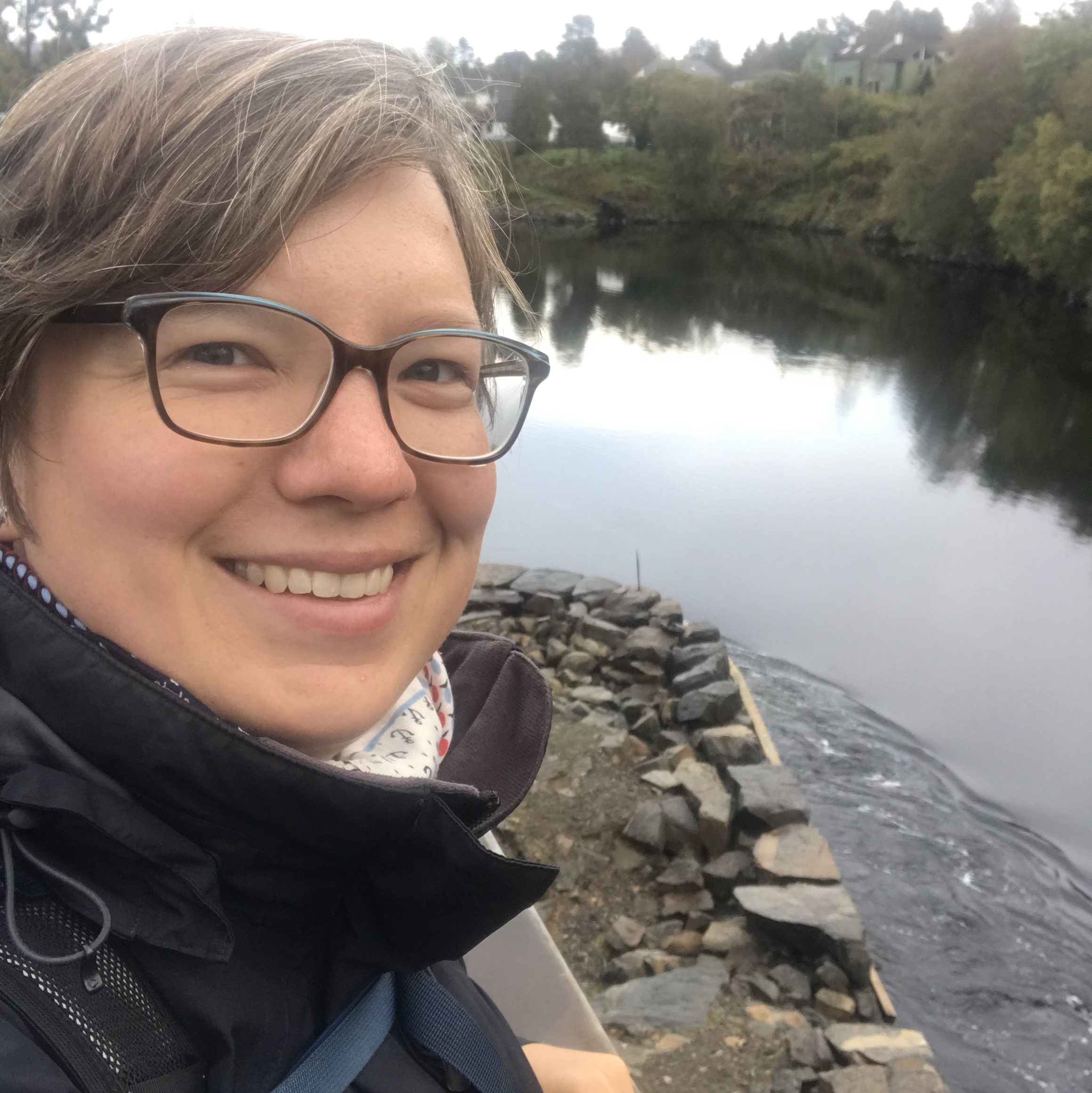
#SciCommSunday: Why talking about myself can be a good thing in #SciComm
A couple of Sundays ago, I wrote about why I chose to post selfies on my scicomm Instagram @fascinocean_kiel, even though my topic is wave watching (check out that blog post here). And then this week I came across a very recently published study on “Constructing and influencing perceived authenticity in science communication: Experimenting with narrative” by Saffran et al. (2020), which now gives me a perfect retroactive reason for writing in the first-person style that I prefer for my blog and social media anyway.
When communicating science, we are faced with the dilemma that we, on the one hand, want to be perceived as an expert, while on the other hand we want to be relatable. Obviously our expertise needs to become visible — it’s after all what provided us with the information we are hoping to share; information that has come from years of study and highly specialized research. So in that way, we may well be very unlike our audience: Even though within academia we tend to forget how weird we really are, most people are not as highly educated and dedicated to studying very specific topics for large parts of their lives, and our choices might be alien to them. But as much as we want to point out our expertise, on the other hand, we want to be perceived as not-so-unlike our audience, in order to build rapport and be perceived as trustworthy, as authentic. Authenticity in this context means that it becomes clear what our values, world views, intentions are. The authors write that “authenticity offers an opportunity for scientist and audience to recognize each other as individuals with qualities in common that, while expressed in the context of science communication, are not dependent upon the science itself (passion, eagerness to be understood, a specific personal history).”
Authenticity, the authors find, is strongly connected to benevolence, the assumption of good intentions. Benevolence can thus be expanded to include the scientist’s passion for their topic and for using that work for the audience’s benefit. This is then defined as “connection”.
Connection is a two-way-street, though: It’s the positive feelings of the scientist towards their audience as well as the positive feelings that the audience in turn feels towards the scientist. Especially when there are power differences, for example when the scientist is a lot more educated on a topic than their audience, the audience needs to feel that the scientist is really interested in communicating about their research, about making the research relevant to the audience’s lives, about opening up to become visible as a person that a connection can be made with.
The study shows that what creates the largest feeling of authenticity is if the researcher uses first-person language and also discloses how they became interested in their topic and pursuing such a specific career in the first place. (Interestingly, being open about past difficulties or mistakes or about uncertainties in creating scientific knowledge, both included in the study to present the scientist as vulnerable and thus approachable, did not have a statistically significant effect.) Combining these kinds of stories with the traditional scicomm goals of conveying facts has “the potential to create opportunities for connection that might be otherwise closed off.”
So in a nutshell: I’ll continue with sharing what fascinates me about wave watching and kitchen oceanography and everything else, in order to share my authentic self and create connection with my readers. And I’ll do so feeling that it’s because I am following cutting edge best practice scicomm! :-)
Reference:
Saffran L, Hu S, Hinnant A, Scherer LD, Nagel SC (2020) Constructing and influencing perceived authenticity in science communication: Experimenting with narrative. PLoS ONE 15(1): e0226711. https://doi.org/10.1371/journal.pone.0226711
Revisiting the Hendriks et al. (2016) trust model - Adventures in Oceanography and Teaching says:
[…] by extraversion and proactivity (initiating conversations, sharing things about themselves. Authenticity is so important! (Saffran et al., 2020)), computer-mediated communication skills (finding the right buttons to […]
#WaveWatchingWednesday - Dr. Mirjam S. Glessmer says:
[…] published study in which it was found that writing in first-preson style is actually helpful in #SciComm because it makes you be perceived as more authentic and helps build a connection with your […]